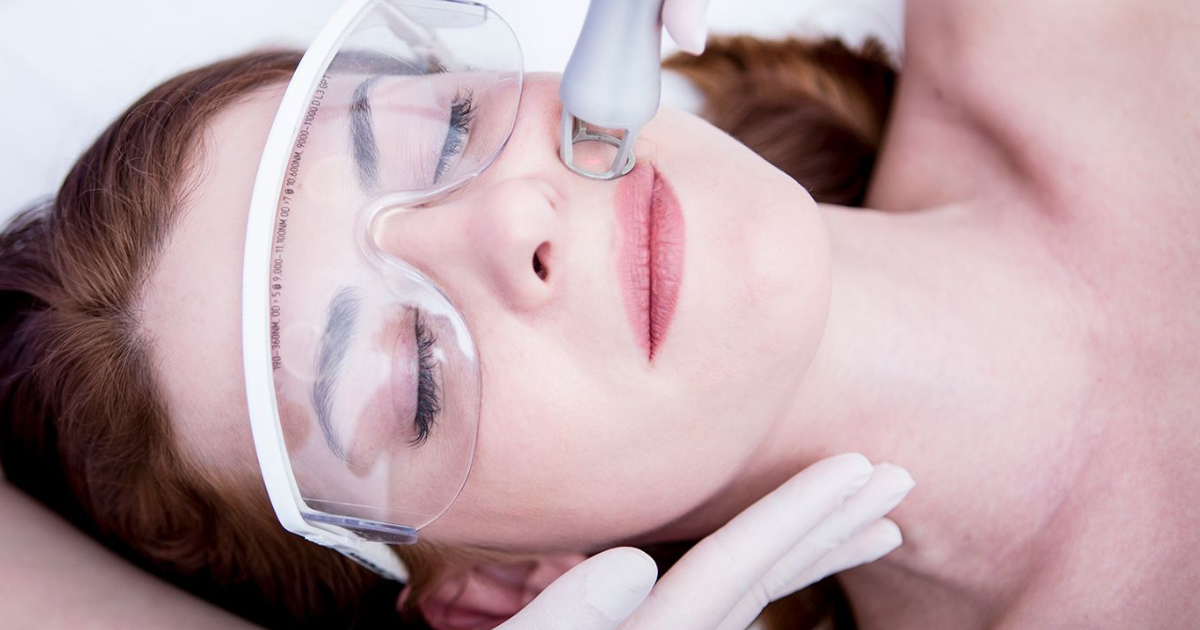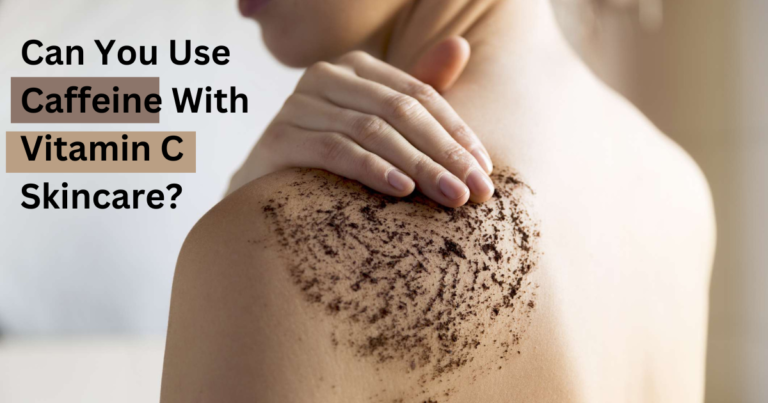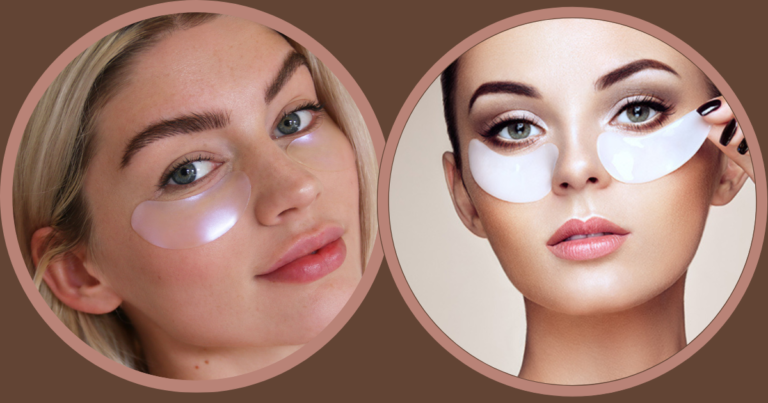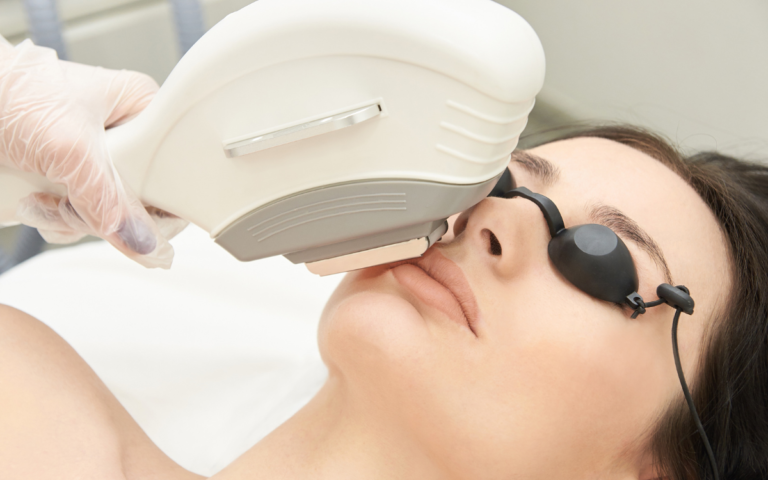How to Repair Laser-Damaged Skin
Laser-damaged skin is a concern that many individuals may face after undergoing such procedures. Laser therapies have revolutionized the world of cosmetic procedures, offering solutions for issues like wrinkles, acne scars, and sun damage. While these treatments can provide remarkable results, they are not without risks.
In this comprehensive guide, we, as seasoned experts in the field, will provide you with invaluable insights on how to effectively repair laser-damaged skin and restore your skin’s health and beauty.
Understanding Laser-Damaged Skin
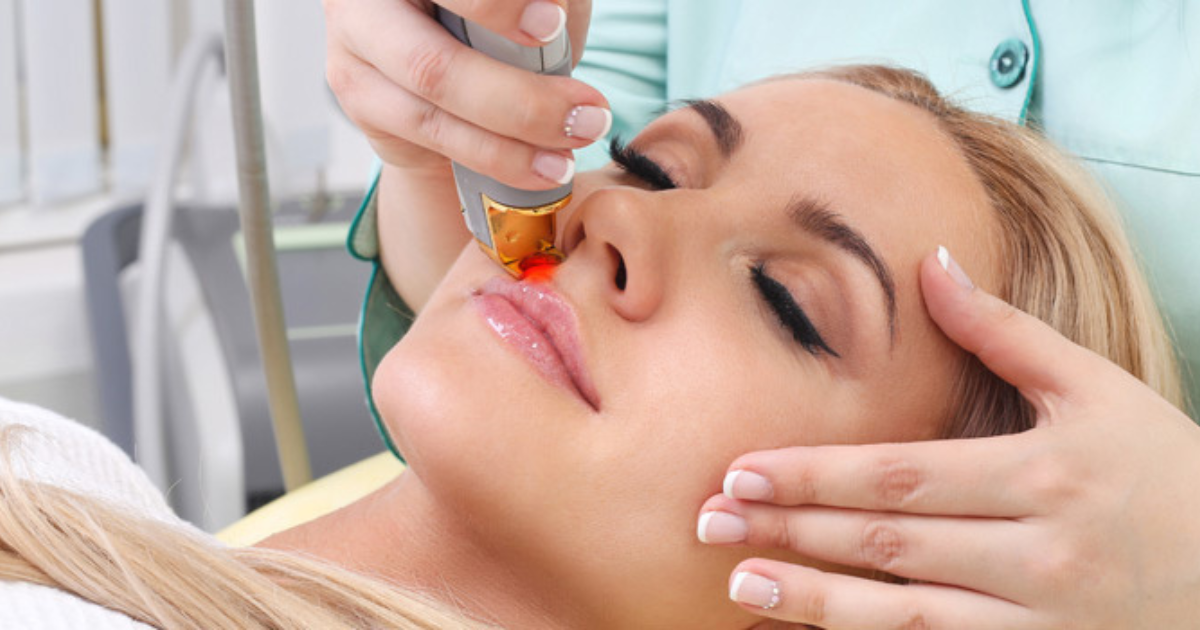
Laser-damaged skin occurs when the intense energy from laser treatments disrupts the skin’s natural barrier and causes various adverse effects. These effects can manifest in different ways, depending on the type of laser used and the individual’s skin type. Some common signs of laser-damaged skin include:
- Redness and Irritation: Laser treatments can cause immediate redness and irritation, resembling a sunburn.
- Swelling: Swelling is a common side effect and can vary in severity, depending on the treatment’s intensity.
- Dryness and Peeling: Laser-damaged skin often becomes dry and may start to peel as it heals.
- Hyperpigmentation: Some individuals may experience darkening of the skin, known as hyperpigmentation, as a response to laser therapy.
- Hypopigmentation: In contrast, hypopigmentation can also occur, leading to lightening of the skin in certain areas.
- Scarring: In severe cases, laser damage can result in scarring, which can be challenging to address.
Steps to Repair Laser-Damaged Skin
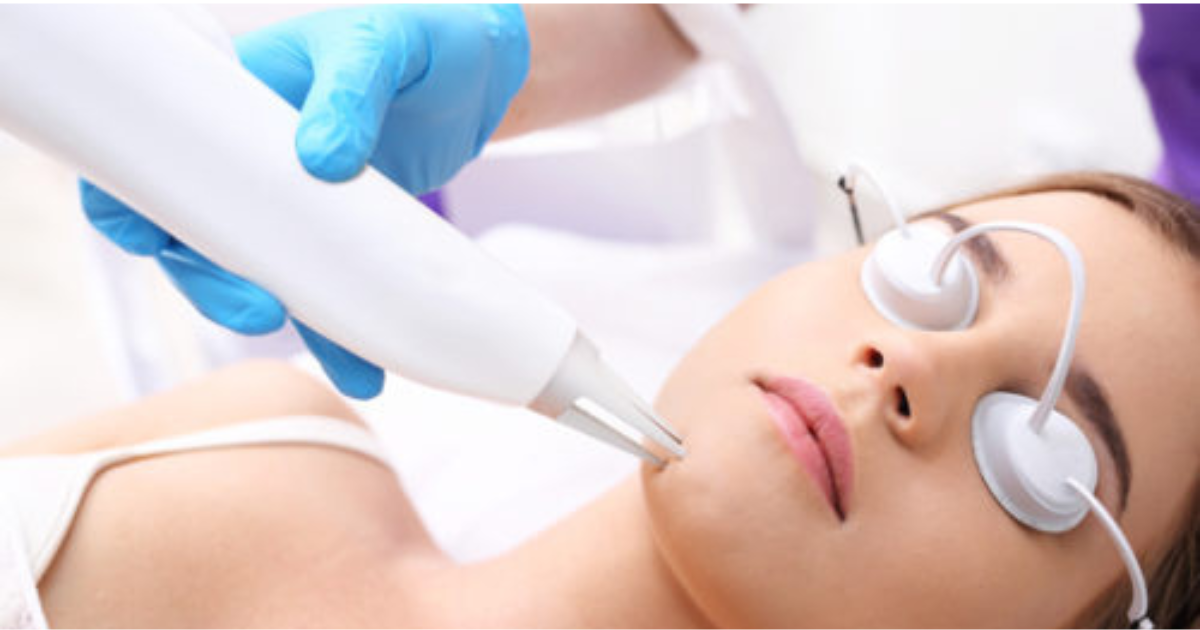
Seek Professional Guidance
The first and most important step in repairing laser-damaged skin is to consult a dermatologist or medical professional. They will evaluate the extent of the damage and recommend an appropriate course of action. This may include prescription medications, topical treatments, or further laser sessions to correct the damage.
Use Gentle Skincare Products
Proper skincare is essential in the recovery process. Be gentle with your skin and avoid using harsh cleansers or exfoliants. Instead, opt for a gentle, hydrating cleanser and a moisturizer designed for sensitive skin. It’s also crucial to apply a broad-spectrum sunscreen with SPF 30 or higher every day to protect your skin from further damage.
Sun Protection Is Key
Protecting your skin from the sun’s harmful UV rays is vital, especially when it’s in a vulnerable state. Always wear sunscreen with a high SPF and reapply it throughout the day.
Stay Hydrated and Eat Nutrient-Rich Foods
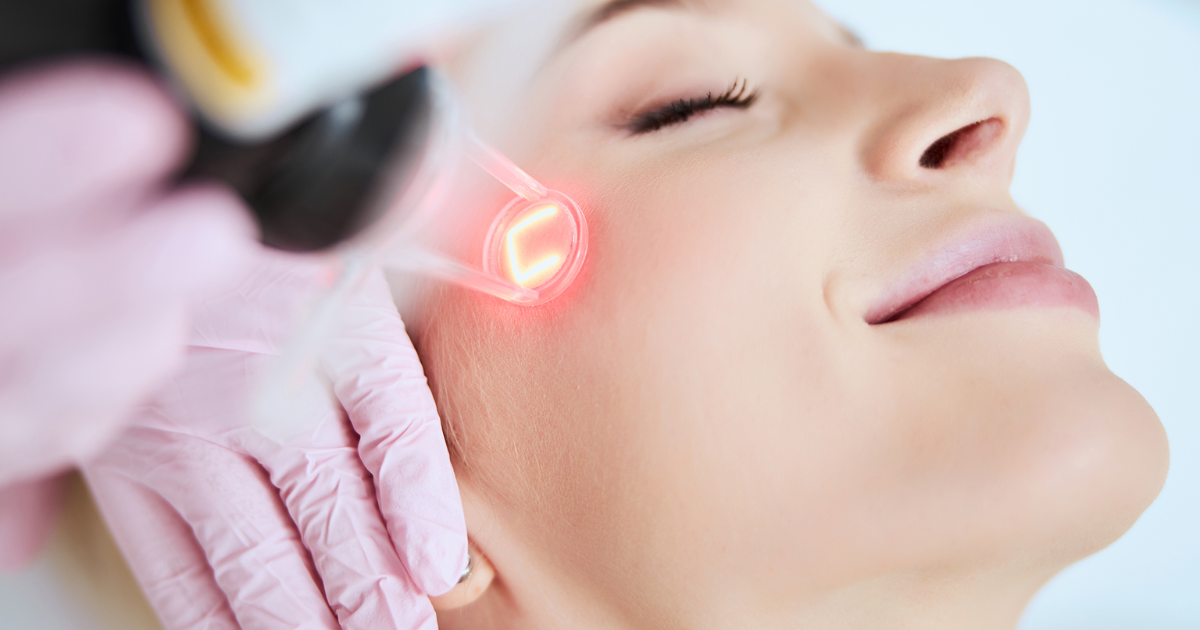
Hydration is key to skin he alth and recovery. Drink plenty of water to keep your skin well-hydrated from the inside out. Additionally, a diet rich in antioxidants, vitamins, and minerals can help support your skin’s natural healing processes. Include foods like fruits, vegetables, lean proteins, and omega-3 fatty acids in your diet.
Avoid Irritants
During the healing process, it’s essential to avoid irritants that can exacerbate skin damage. Steer clear of products containing alcohol, fragrances, and harsh chemicals. Also, resist the temptation to pick at or scratch the damaged skin, as this can lead to infection and scarring.
Consider Topical Treatments
Depending on the severity of the damage, your dermatologist may recommend specific topical treatments to aid in the healing process. These may include antibiotic ointments, corticosteroids, or specialized creams designed to soothe and repair damaged skin.
Patience Is Key
Healing laser-damaged skin takes time, and results may not be immediate. It’s essential to be patient and consistent with your skincare routine and any prescribed treatments. Over time, you’ll begin to see improvements in skin texture, color, and overall appearance.
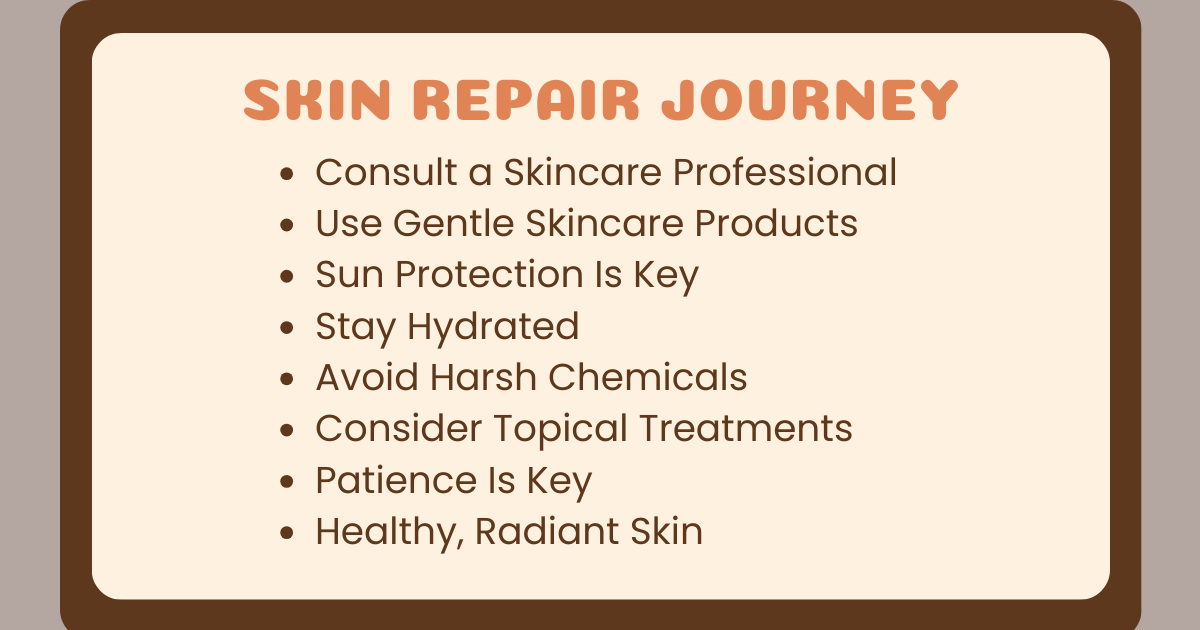
Conclusion
In conclusion, laser-damaged skin is a common concern, but with the right approach and professional guidance, it can be effectively repaired. By following the steps outlined above and prioritizing your skin’s health, you can restore your skin’s natural beauty and radiance. Remember, consulting a skincare professional is the first and most crucial step on your journey to repairing laser-damaged skin. Your skin deserves the best care, and with diligence and patience, you can achieve remarkable results.

